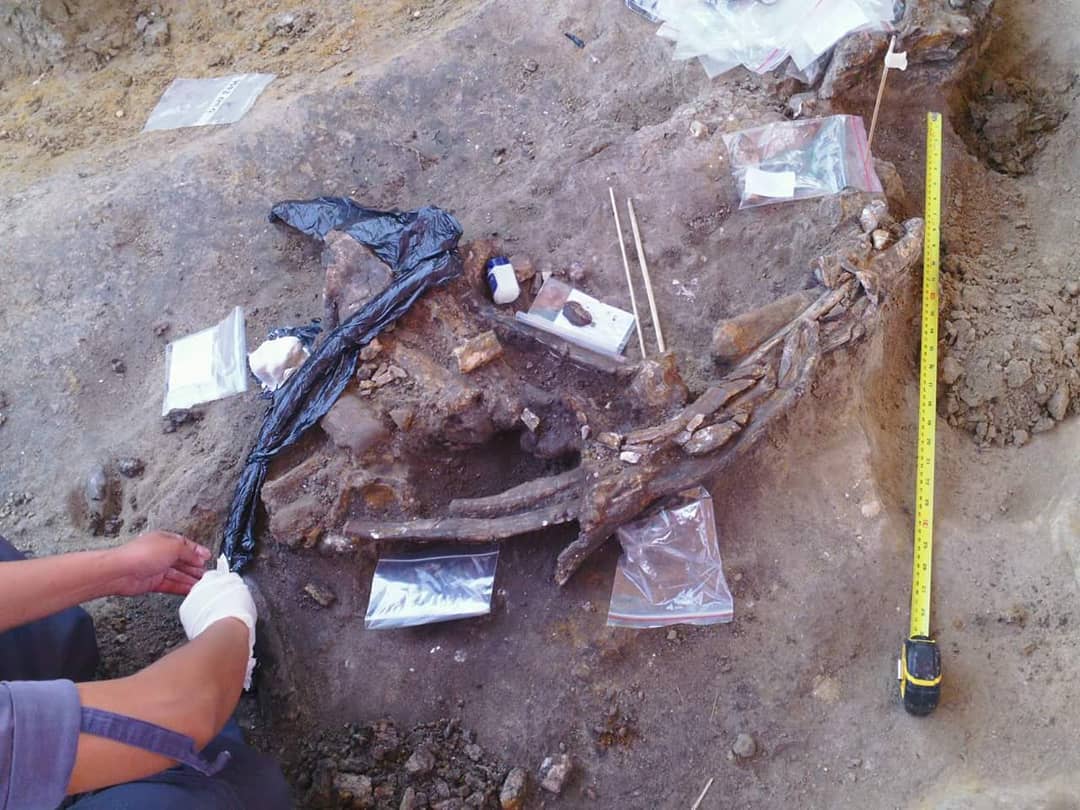Before Magellan “discovered” the Philippines, our ancestors have already been residing in the archipelago. But that’s no news. What is news, though, is exactly how long ago our ancestors or the homo sapiens that would later be our ancestors have been living in the islands before the Philippines even became the Philippines.
Exactly how many years have humans been living in the Philippines, care to take a gander?
The former earliest published evidence told us that humans have been present in the archipelago 67,000 years ago. However, a recently published paper proves that hominins have been here for as early as 709,000 years ago. And this is no fake news. It was the National Museum that shared it, after all.
A post shared by National Museum PH (@natmuseumph) on
The paper aptly titled “Earliest known hominin activity in the Philippines by 709,000 years ago” was published as an article in the May 10 issue of the journal Nature. As written in the Instagram post shared by the National Museum, it “discusses the discovery of the oldest evidence for the peopling of the Philippines by hominins (species generally of the genus Homo, including Homo sapiens or modern humans) by an international team of prehistorians led by Dr. Thomas Ingicco from the Museum National d’Histoire Naturelle, France, with Mr. Clyde Jago-on, Ms. Catherine King, Ms. Marian C. Reyes, and Mr. Angel Bautista from the National Museum, Philippines, among others from different institutions around the world.”
The indirect evidence the paper discusses is the “almost complete skeleton of Rhinoceros philippinensis” that “showed butchery marks (cut marks and percussion marks), suggesting defleshing and bone marrow extraction” using stone tools and a tektite found within its immediate vicinity. These rhinoceros remains and stone age tools were found in 2017 during the archaeological excavations being done in Rizal, Kalinga, “which have been ongoing for the last several years.”
The National Museum explains that these evidences are proof of “a very old presence of early humans on the island of Luzon.”
Yay for archaeology!
We hope for and look forward to more discoveries about our prehistory in the future.
Header photo courtesy of Instagram.com/natmuseumph/
Read more:
New resolution requires school trips to museums and historical landmarks
The Indonesian museum that’s ripping off famous art installations
National Museum will have a space for Philippine sculpture soon
PH’s oldest distillery finally opens its museum to the public
Writer: ANTHEA REYES




